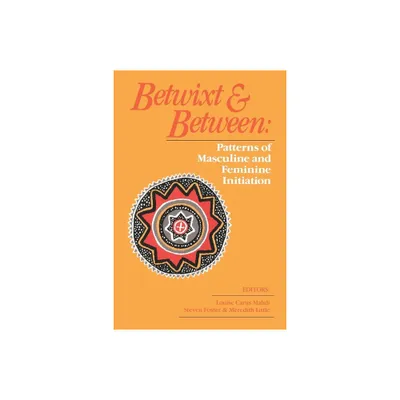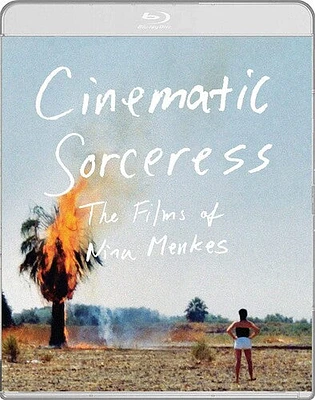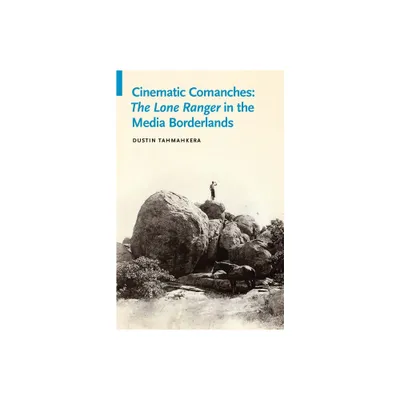Home
Architecture, Film, and the In-between: Spatio-Cinematic Betwixt
Loading Inventory...
Barnes and Noble
Architecture, Film, and the In-between: Spatio-Cinematic Betwixt
Current price: $134.95


Barnes and Noble
Architecture, Film, and the In-between: Spatio-Cinematic Betwixt
Current price: $134.95
Loading Inventory...
Size: Hardcover
*Product Information may vary - to confirm product availability, pricing, and additional information please contact Barnes and Noble
How films imagine and represent in-between spaces and how cinematic production becomes a site to project spatial fantasies.
Architecture, Film, and the Inbetween: Spatio-Cinematic Betwixt
looks at the cinematic representation of architectural in-betweenness, as well as the in-between spaces within the architectural structure of films. As films seek to depict architecture in evolving, original ways, they can also expand betwixt areas, imbuing them with horror or fantasy. Spies can escape inside unconvincingly stable ducts and children can slide through pipes with no discernible function. And just as subway routes and airplanes can stitch together two destinations, loopholes and magic architectural features can connect distinct realms via interstitial spaces. Contributors discuss a range of architects and filmmakers, including John Lautner, David Lynch, Christopher Nolan, Agnès Varda, and Mies van der Rohe, and take diverse approaches to the liminal space between architecture and film, touching on existential experience, post-phenomenological thinking, sociopolitical cinearchitecture, fictive ecologies, and more. Collecting essays by well-respected architects, thinkers, and philosopherssuch as Juhani Pallasmaa, Beatriz Colomina, and Graham Harmanthe book includes imagery and infographics that map filmic spaces, diagram narratives, and visualize the hidden spatial dimensions of movies.
Architecture, Film, and the Inbetween: Spatio-Cinematic Betwixt
looks at the cinematic representation of architectural in-betweenness, as well as the in-between spaces within the architectural structure of films. As films seek to depict architecture in evolving, original ways, they can also expand betwixt areas, imbuing them with horror or fantasy. Spies can escape inside unconvincingly stable ducts and children can slide through pipes with no discernible function. And just as subway routes and airplanes can stitch together two destinations, loopholes and magic architectural features can connect distinct realms via interstitial spaces. Contributors discuss a range of architects and filmmakers, including John Lautner, David Lynch, Christopher Nolan, Agnès Varda, and Mies van der Rohe, and take diverse approaches to the liminal space between architecture and film, touching on existential experience, post-phenomenological thinking, sociopolitical cinearchitecture, fictive ecologies, and more. Collecting essays by well-respected architects, thinkers, and philosopherssuch as Juhani Pallasmaa, Beatriz Colomina, and Graham Harmanthe book includes imagery and infographics that map filmic spaces, diagram narratives, and visualize the hidden spatial dimensions of movies.


















